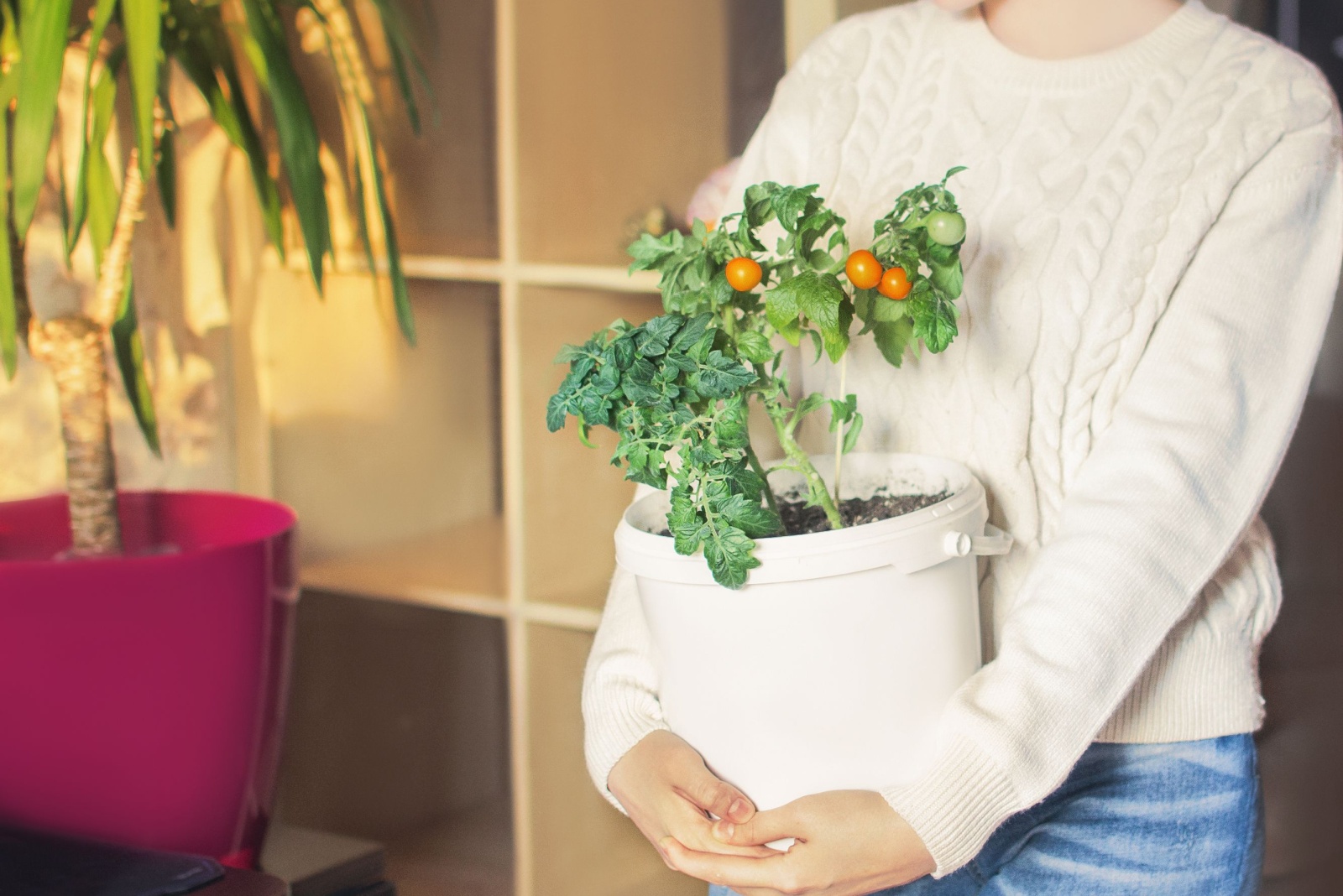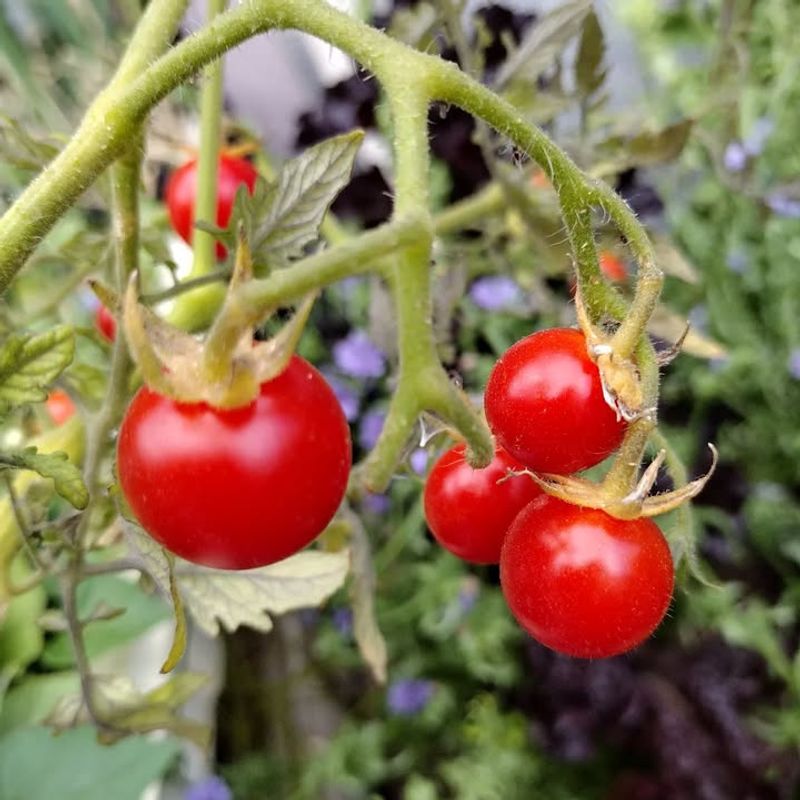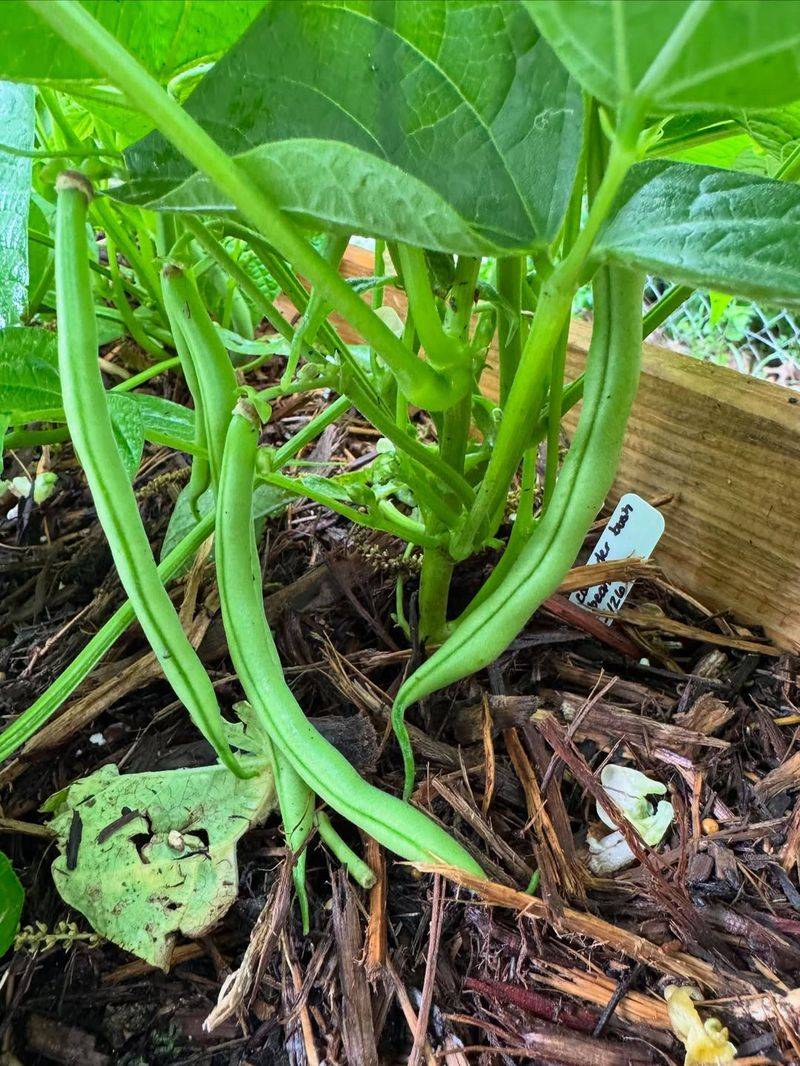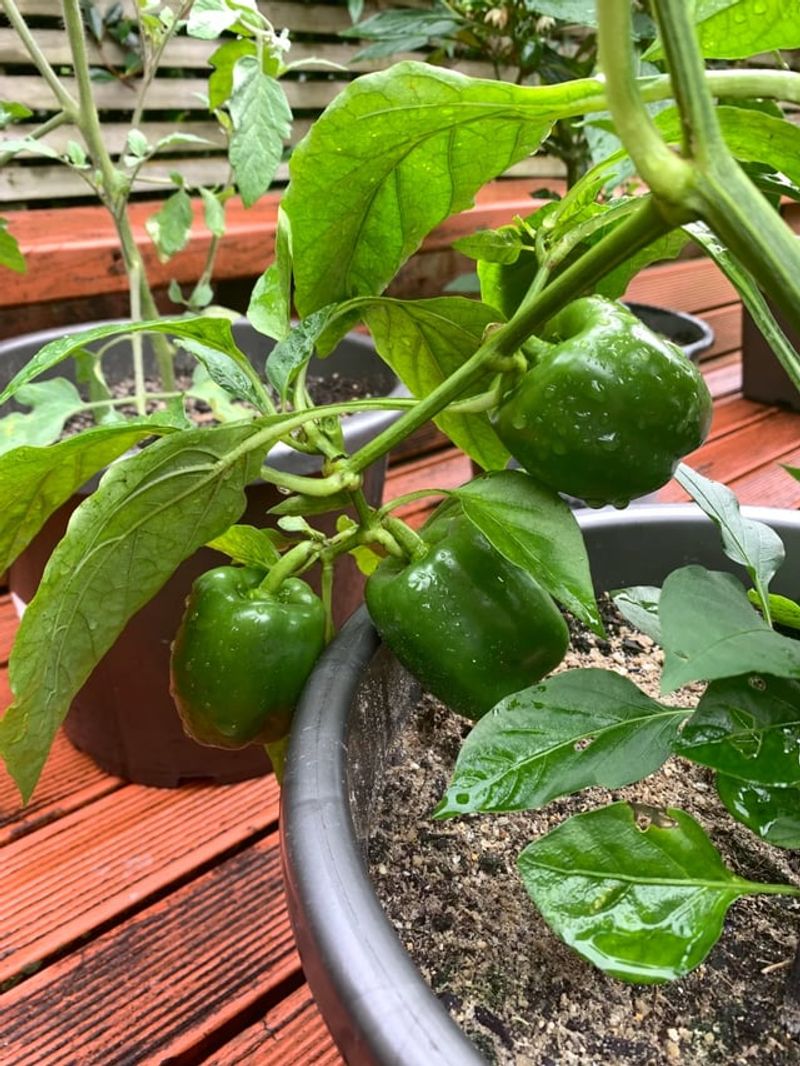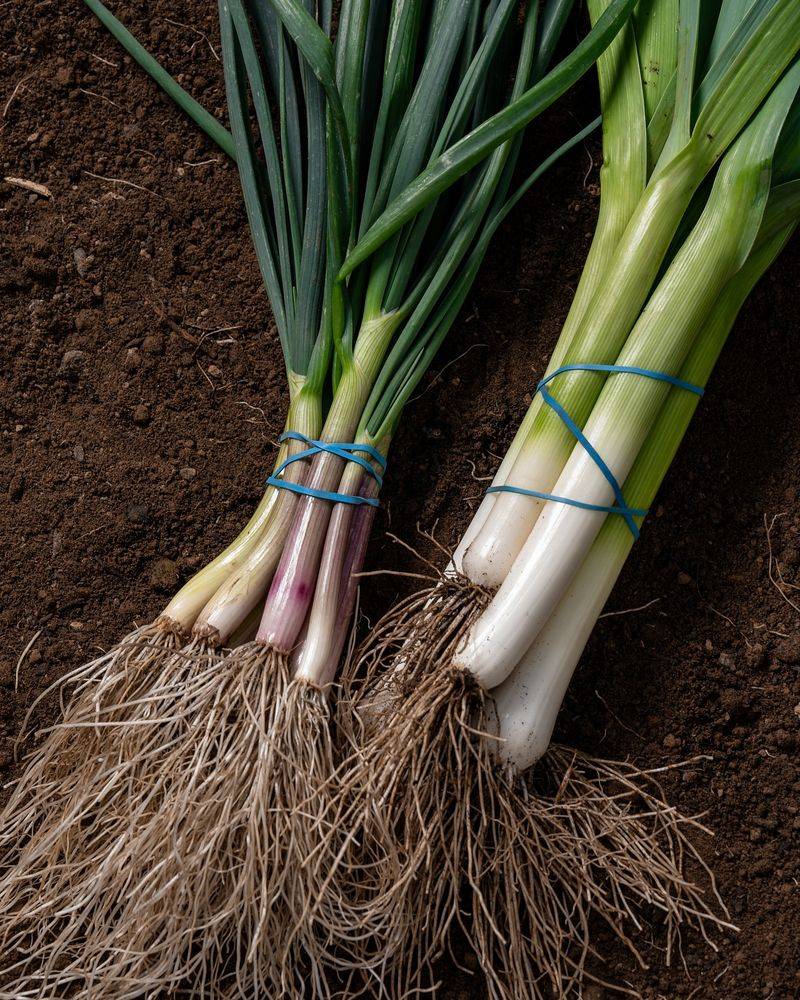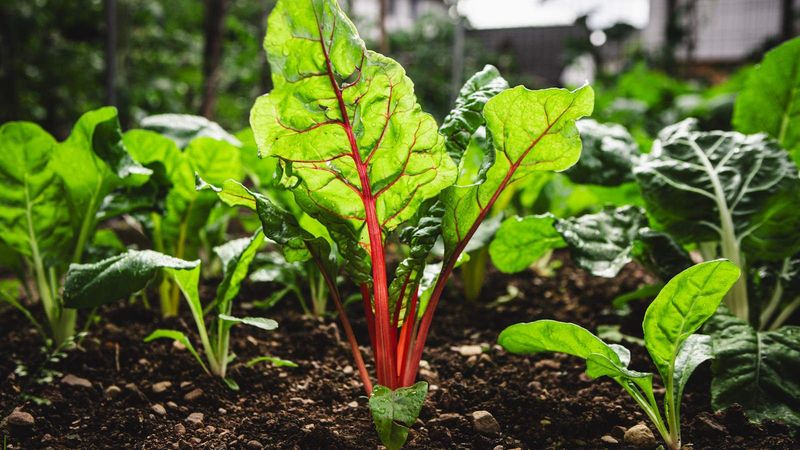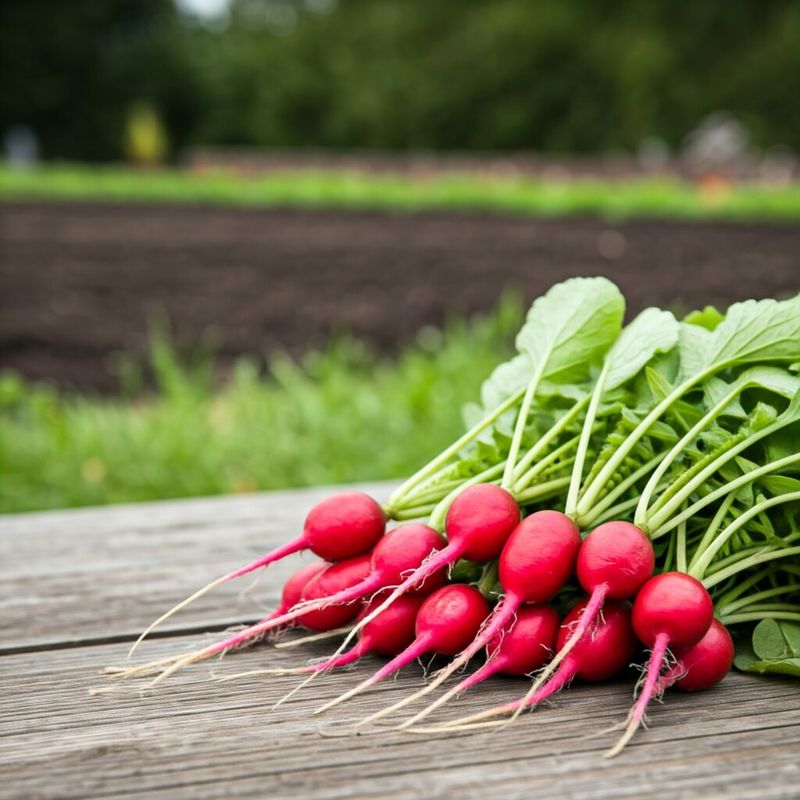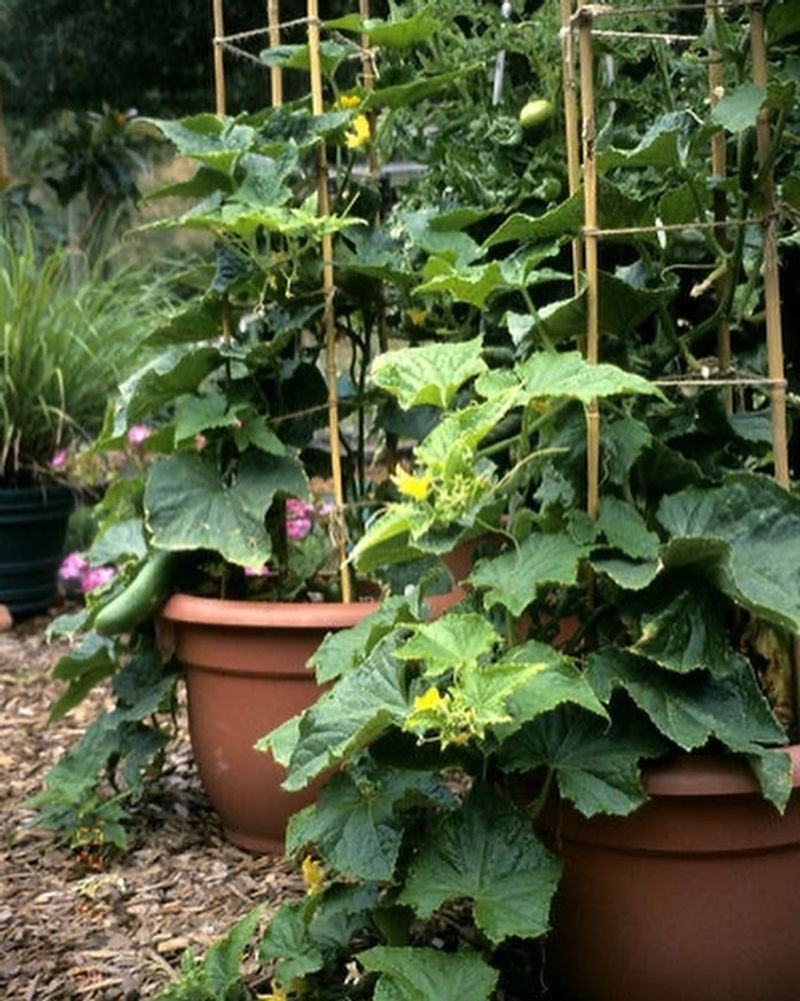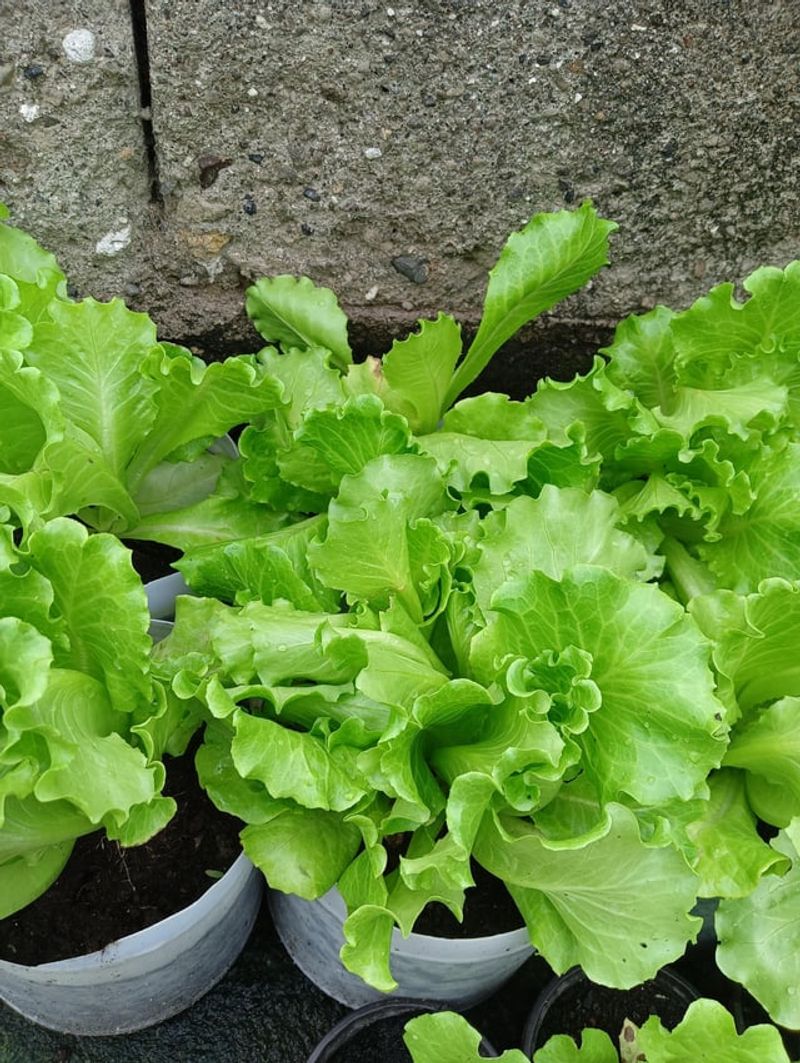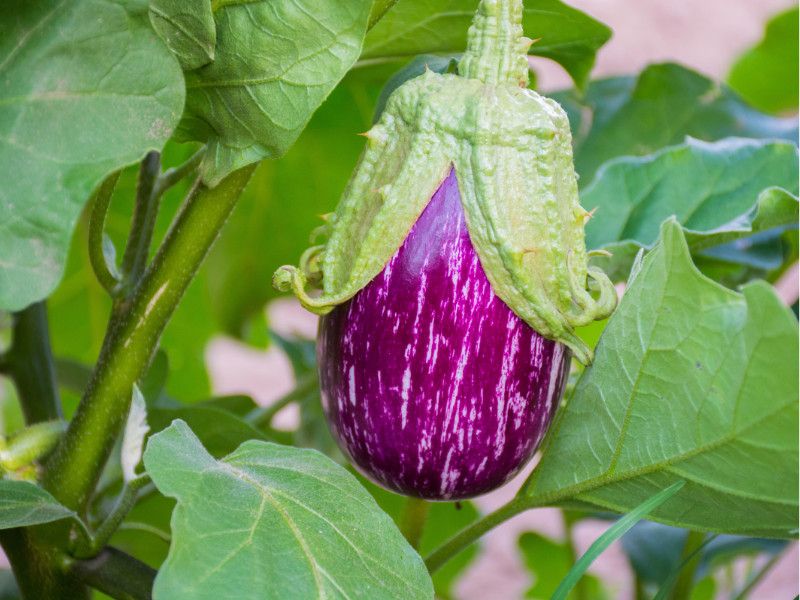Georgia’s unique climate offers gardeners the opportunity to grow fresh vegetables throughout the year. Bucket gardening is perfect for our state’s varied weather patterns, from hot summers to mild winters.
Growing in containers allows for better soil control, easier pest management, and the ability to move plants as seasons change. Let’s explore 10 vegetables that thrive in buckets across all four seasons in Georgia.
1. Leafy Kale Champions Winter Harvests
Kale thrives in Georgia’s mild winters when planted in 5-gallon buckets with drainage holes. The cooler temperatures actually improve its flavor by converting starches to sugars.
I’ve harvested kale from my Atlanta patio throughout January and February when garden beds were dormant. The key is positioning buckets where they receive at least 4 hours of winter sunlight.
For continuous harvests, pick outer leaves first and leave the growing center intact. Most Georgia gardeners find that kale planted in September provides greens through spring.
2. Cherry Tomatoes: Patio Powerhouses
Container-grown cherry tomatoes produce abundantly in Georgia from spring through fall. Choose determinate varieties for smaller buckets or indeterminate types for larger 10-gallon containers.
Starting tomato plants in March provides early summer harvests. During Georgia’s hottest months, position the buckets where they receive morning sun but afternoon shade to prevent scorching.
Many gardeners across the state report that cherry tomatoes in containers actually outperform those in ground during our humid summers because of better drainage and fewer soil-borne diseases.
3. Bush Beans That Keep On Giving
Bush beans perform remarkably well in Georgia bucket gardens, requiring minimal space while producing generous yields. A 5-gallon container can support 4-5 plants with proper spacing.
The secret to year-round harvests is succession planting. My Savannah garden produces beans from February through November by starting new buckets every 3-4 weeks.
Unlike pole varieties, bush beans don’t need trellising, making them perfect for apartment balconies and small spaces. Most Georgia gardeners find that beans grow fastest during our warm spring and fall months.
4. Peppers Perfect For Porch Growing
Hot and sweet peppers love Georgia’s heat and perform exceptionally well in 3-5 gallon buckets. The controlled environment helps prevent the blossom end rot that often plagues in-ground peppers during our unpredictable rainfall.
For maximum production, place pepper buckets in full sun locations where they’ll receive at least 6 hours of direct light. The plants can be started indoors in February and moved outside after the last frost.
My jalapeños in containers produced twice as long as my garden-planted ones last year in Macon. The key was consistent watering and monthly feeding with a low-nitrogen fertilizer.
5. Scallions: The Cut-And-Come-Again Wonder
Scallions might be the easiest vegetable for Georgia bucket gardeners to maintain year-round. They require minimal space, with a dozen plants fitting comfortably in a 1-gallon container.
The beauty of container-grown scallions is their regrowth ability. After harvesting, leave about an inch of the white base with roots intact in the soil, and new growth will appear within days.
During Georgia’s hottest months, move scallion buckets to partially shaded areas. I’ve maintained the same scallion plants for over 14 months in Athens by protecting them from extreme weather and dividing them occasionally.
6. Swiss Chard Brightens Winter Gardens
Swiss chard’s colorful stems add visual appeal to bucket gardens while providing nutritious greens throughout Georgia winters. Unlike some greens, it tolerates both heat and cold, making it ideal for our variable climate.
Plant chard seeds directly in 3-gallon buckets in early fall or early spring. The plants establish quickly and can produce for 6-8 months with proper care.
During my years gardening in coastal Georgia, Swiss chard in containers survived brief freezes that killed my in-ground plants. The elevated position of bucket gardens provides slightly warmer soil temperatures during cold snaps.
7. Radishes: The Quick Reward Crop
Fast-growing radishes give Georgia bucket gardeners harvests in just 3-4 weeks. Their shallow root systems make them perfect for wide, shallow containers that might not work for deeper-rooted vegetables.
For continuous harvests, sow new seeds every two weeks from September through April. During summer heat, choose heat-tolerant varieties like ‘White Icicle’ or provide afternoon shade.
Last winter, my daughter’s science project involved growing radishes in buckets on our Columbus patio. We harvested crisp, spicy roots even in December and January when most Georgia gardens were dormant.
8. Compact Cucumbers For Small Spaces
Bush cucumber varieties developed for containers produce full-sized fruits without sprawling vines. A 5-gallon bucket with a simple tomato cage provides all the support needed.
Georgia’s long growing season allows for multiple cucumber plantings from March through August. The controlled soil conditions in buckets help prevent the fungal issues that often affect in-ground cucumbers during our humid summers.
My neighbor in Augusta grows ‘Spacemaster’ cucumbers in half-barrel planters on her driveway. She harvests enough for daily salads from just three plants and appreciates how the elevated containers deter common garden pests.
9. Lettuce Loves Container Life
Loose-leaf lettuce varieties thrive in shallow, wide containers during Georgia’s cooler months. The controlled environment helps prevent bolting when spring temperatures fluctuate unpredictably.
For extended harvests, use the cut-and-come-again method by taking outer leaves while leaving the growing center intact. Most varieties regrow several times before needing replacement.
Throughout winter in north Georgia, my porch containers produce tender lettuce leaves when nothing grows in the garden. Moving buckets to follow winter sunlight patterns and protecting them during occasional freezes ensures continuous salad makings.
10. Eggplants Thrive In Georgia Heat
Compact eggplant varieties produce impressively in 5-gallon buckets throughout Georgia’s hot summers. The controlled watering possible in containers prevents the inconsistent moisture that often causes bitter fruits.
Small-fruited Asian varieties like ‘Fairy Tale’ and ‘Hansel’ are particularly suited to bucket growing. Their manageable size means plants don’t become top-heavy even when loaded with fruits.
During last summer’s drought in middle Georgia, my container eggplants continued producing when garden plants struggled. The key was morning watering and a layer of mulch over the soil to retain moisture through 95-degree afternoons.

